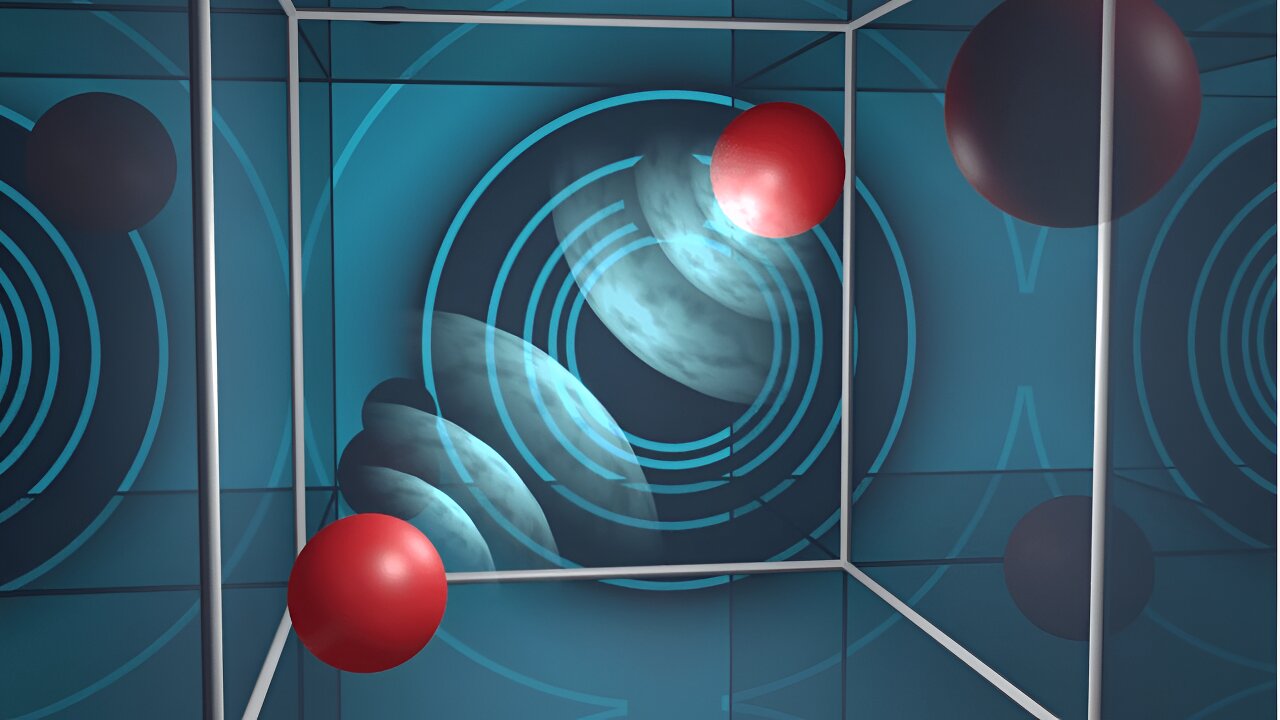In a recent study conducted by researchers from North Carolina State University and Michigan State University, a new method for modeling low-energy nuclear reactions has been developed. By understanding how nucleons interact when they are electrically charged, scientists hope to gain insights into the formation of elements within stars.
The formation of elements in stars relies on the combination of atomic nuclei, which are groups of protons and neutrons referred to as nucleons. Predicting the ways in which these nucleons combine to form compound nuclei is important in understanding the process of element creation.
Due to the difficulty in measuring relevant nuclear interactions experimentally, physicists use numerical lattices to simulate these systems. These numerical simulations involve a finite lattice that acts as a virtual box around a group of nucleons, enabling scientists to calculate the properties of a nucleus formed by these particles.
However, existing simulations have lacked the ability to predict properties that govern low-energy reactions involving charged clusters resulting from multiple protons. These low-energy reactions are crucial in the formation of elements in stars and other natural processes.
The research team, led by Sebastian König, assistant professor of physics at NC State, addressed this gap by taking a reverse approach. Instead of calculating the reactions themselves, they looked at the structure of the end product within the lattice – the compound nuclei – and then traced back to determine the properties and energies involved in the reaction.
König explains, “We aren’t calculating the reactions themselves; rather, we’re looking at the structure of the end product. As we change the size of the ‘box,’ the simulations and results will also change. From this information, we can actually extract parameters that determine what happens when these charged particles interact.”
The derivation of the formula proved to be a challenging task, but the team was able to develop a formula that was tested against benchmark calculations to ensure its accuracy. This formula can now be used in future applications.
The significance of this work lies in its contribution to understanding the analysis of simulations to extract the necessary data for improving predictions of nuclear reactions. By focusing on the smallest components, researchers hope to gain a better understanding of the larger picture of the cosmos.
Graduate student Hang Yu from NC State is the first author of the study, and Dean Lee, professor of physics and theoretical nuclear science department head at the Facility for Rare Isotope Beams at Michigan State University, co-authored the work.
*Note:
- Source: Coherent Market Insights, Public sources, Desk research
- We have leveraged AI tools to mine information and compile it

